Introduction
Search engine marketing (SEM) has long been a cornerstone of digital marketing strategies for businesses across industries. With continuous updates in search algorithms and the introduction of new technologies, it is more important than ever for marketers and business owners to stay ahead of the curve. This can provide you with a roadmap on how to prepare for inevitable changes in search engine algorithms. This guide will outline the fundamental concepts, best practices, and actionable steps to future-proof your SEM strategy.
Understanding the Fundamentals of SEM
Before diving into preparations for new algorithms, it’s crucial to have a strong grasp of the fundamentals of search engine marketing, which includes:
- Search Engine Optimization (SEO): Improving your site’s visibility in organic search results.
- Pay-Per-Click (PPC): Paid advertising where you pay a fee for each click on your ad.
- Content Marketing: Creating valuable, relevant content to attract and engage your target audience.
Why Algorithm Changes Matter
Search engines like Google frequently update their algorithms to improve the search experience for users. Each update can potentially affect:
- Ranking Factors: New metrics may be introduced or existing ones might be re-weighted.
- User Experience: Algorithms often aim to understand user intent better.
- Content Relevance: What was considered relevant yesterday may not be tomorrow.
How to Stay Ahead of Algorithm Changes
1. Always Follow Best Practices
Regardless of algorithm changes, certain SEO best practices are evergreen:
- High-quality content
- Relevant keywords
- Meta descriptions
- Fast loading speeds
- Mobile Optimization
- Secure and accessible websites
- High-quality backlinks
2. Monitor Trends and Updates
Stay up-to-date by following industry leaders, publications, and official announcements from search engine providers.
3. Conduct Regular Audits
Perform site and content audits to analyze what’s working and what needs improvement. Use tools like Google Analytics, Moz, or SEMrush for insights.
4. Test, Learn, Adapt
Frequent A/B testing can provide actionable insights. Adjust your strategies based on what you learn.
5. Invest in Training
Ensure that your team is educated and up-to-date with the latest SEM practices and tools.
6. Leverage Data and Analytics
The more data you have, the better prepared you are for changes. Use analytics to set benchmarks and measure KPIs.
Preparing for Hypothetical New Features in Algorithms
- Early Adoption: Be among the first to utilize new features or tools rolled out by search engines.
- Training and Upskilling: As soon as new features are announced, train your team to leverage them.
- Engage with Communities: Online forums and social media are good platforms for learning how other marketers are adapting.
- Consult Experts: Sometimes it pays to consult with experts who have inside information on what changes might be coming.
Conclusion
While we can’t predict every change in search engine algorithms, preparation is the key to success in SEM. By understanding the basics, staying updated on trends, and being willing to adapt, you can create a resilient search engine marketing strategy that stands the test of time.
By preparing now, you’re not only safeguarding your current digital efforts but also paving the way for future success. As the digital landscape evolves, so too should your approach to search engine marketing.






